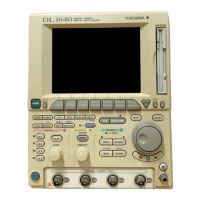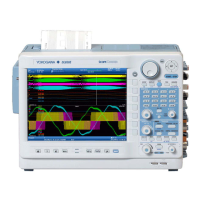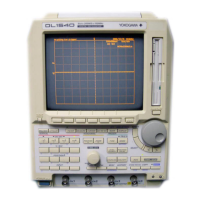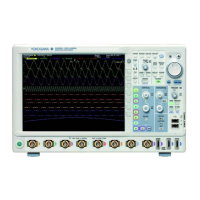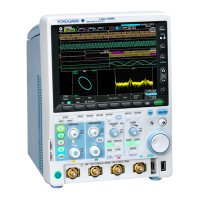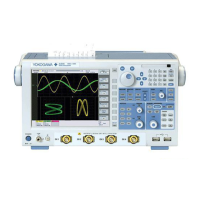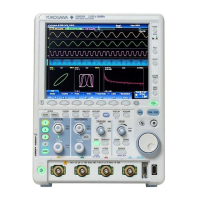3 - 1
ADJUSTMENTS
SM 700820-01E
3
3.1 Introduction
Chapter 3 ADJUSTMENTS
This chapter describes the following tests.
3.1 Introduction
3.2 Test Environment
3.3 Equipment Required
3.4 Dip Switch Setting of the CPU board
3.5 Rotary Switch Setting of the Printer board
3.6 Power Supply Adjustment
3.7 Flatness Adjustment on the Attenuator board
3.8 DC Gain Adjustment on the AFC board
3.9 Start-able Oscillator Adjustment
3.1 Introduction
When adjusting DL2700, remove the main unit cover, the two fixing plates of the
printed boards, and bottom plate. For this, care must be taken for the following items.
Circuit patterns of the printed circuit board are exposed. Be careful when handling so
that hands or fingers are not injured by the pin protrusions.
Circuit patterns of the printed circuit board are exposed. If these patterns touch other
metallic materials, electrical shorting will occur, causing the circuit to be damaged or
burnt.
It is sometimes necessary to turn the DL2700 upside down for adjustment. Be careful
to prevent the instrument from toppling.
3.2 Test Environment
1) Please operate the instrument in the following environment.
• Ambient Temperature: 23±2 ˚C
• Humidity: 55±10 % RH
•Voltage of power supply: Specified Voltage ±1 %
• Frequency of power supply: Specified Frequency ±1 %
2) Warm up time
• More than 30 minutes after energizing the instrument.
•Confirm that self calibration is correctly executed after 30 minutes warm up.
(Please pay attention to warm up time of the each equipment which will be used in the
test.)
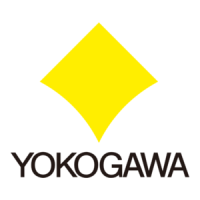
